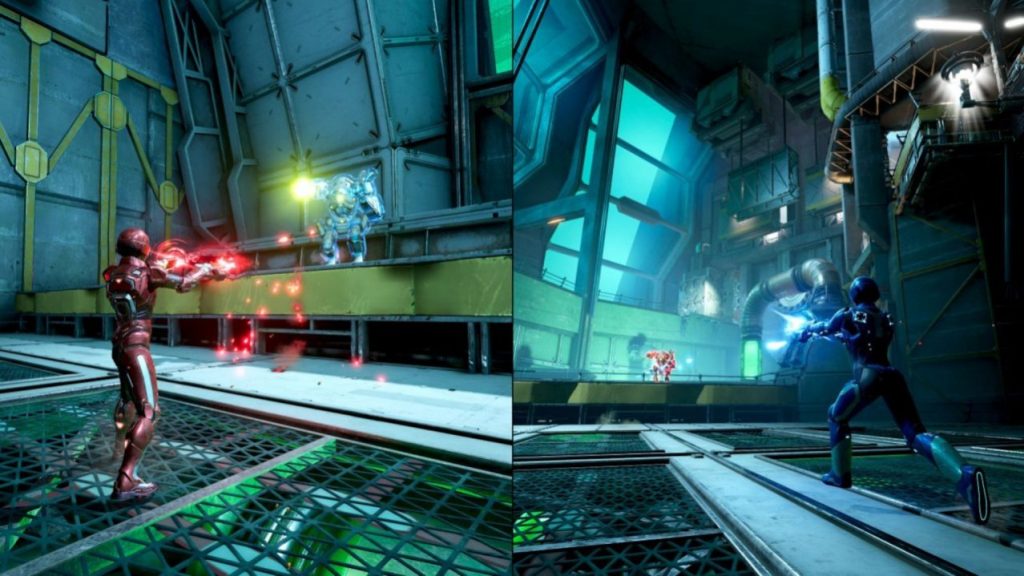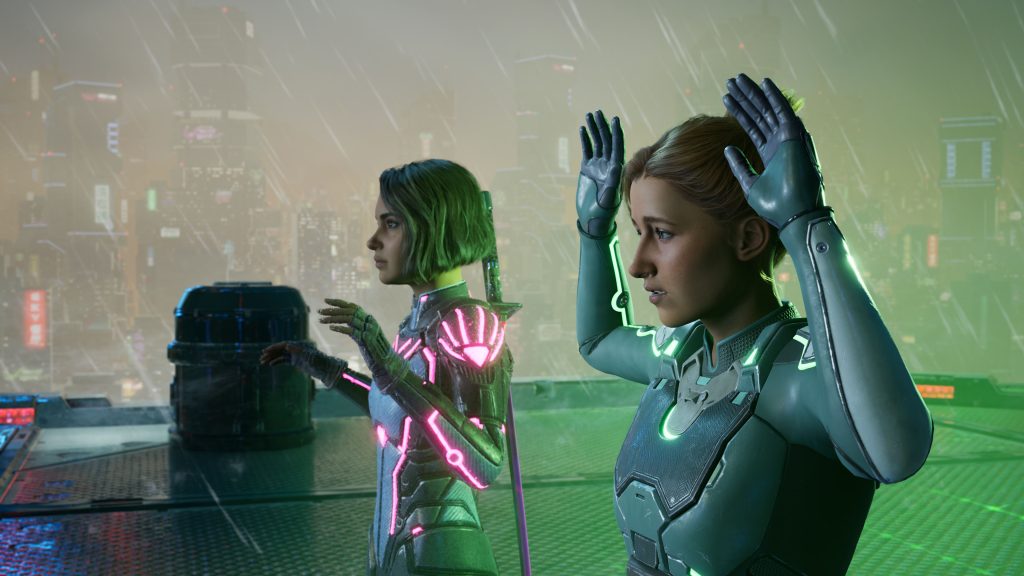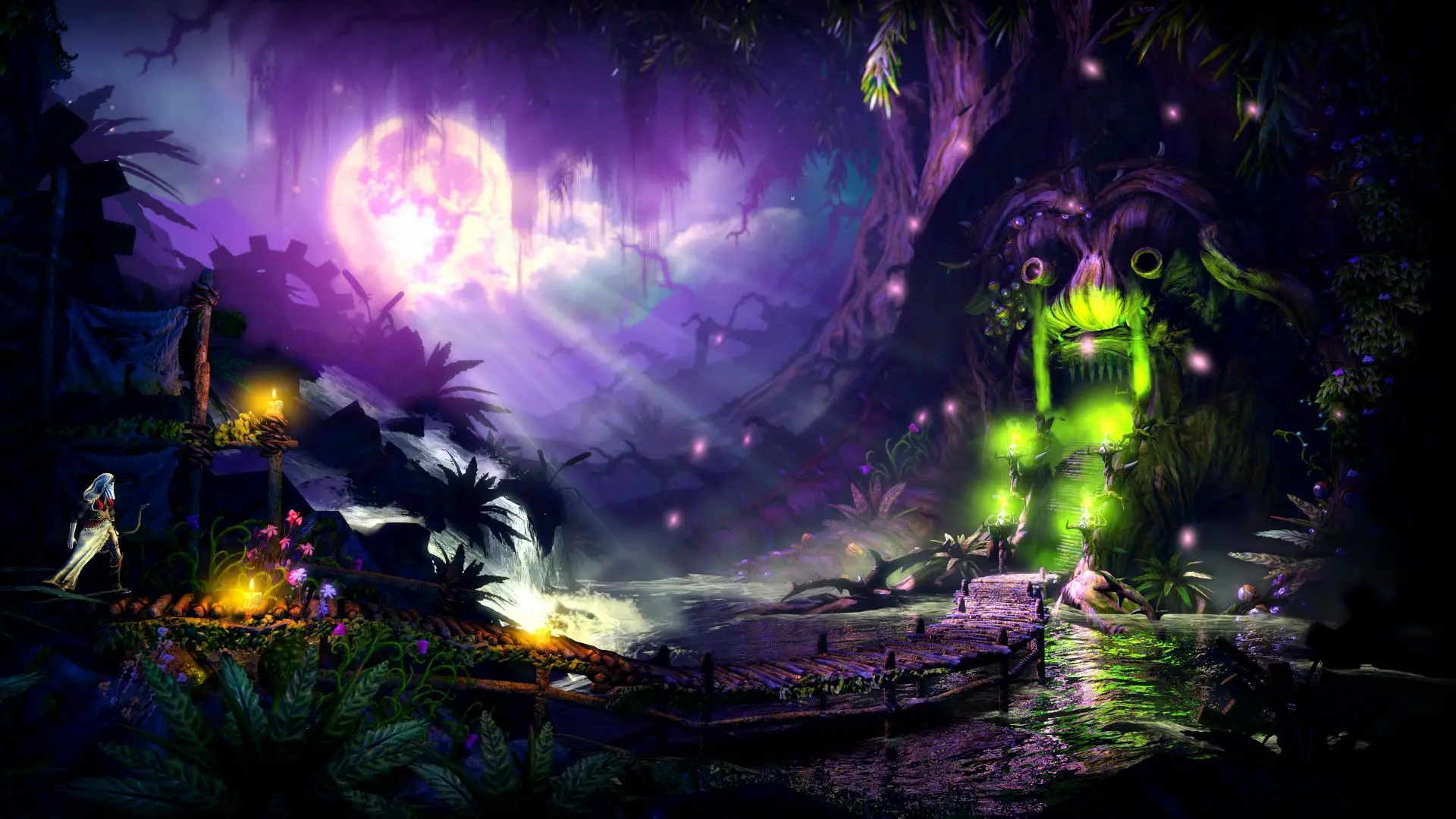Cooperative projects have always held a special place in the industry. From classics like Portal 2 to the pioneering It Takes Two, studios have been constantly striving to redefine the cooperative gaming experience. Split Fiction takes this concept to the next level, offering an original approach to co-op gameplay, unconventional mechanics, and a powerful story that combines elements of both an immersive film and a dynamic session. The game was developed by Yousef Fares, who has already proven his love for cooperative gaming through A Way Out and It Takes Two.
Split Fiction Gameplay: Synchronization and Variety
Unlike many cooperative games that offer standard cooperative missions, Split Fiction is based on the absolute synchronization of two players’ actions. Each level presents original mechanics that require close cooperation:

- One player solves a real-time puzzle while the other is in a platforming challenge.
- One hero controls a character in a science fiction world, while the other acts in a fantasy dimension.
- Some missions require asymmetric gameplay, where one character can change the other player’s environment.
The plot of the game Split Fiction: A Journey Between Genres
 The story revolves around two writers, Zoe and Mio, who work in different genres: fantasy and science fiction. Due to a mysterious event, they find themselves trapped in their own worlds, forced to work together to find a way out. This is not just a story-driven game; the idea of combining different game styles directly influences the gameplay. One player controls magical creatures and explores ancient cities, while the other pilots a spaceship and battles robots. The project utilizes the concept of a multiverse, where the decisions of the players can alter reality. By breaking one element of the fantasy world, you can open a path to a future high-tech dimension.
The story revolves around two writers, Zoe and Mio, who work in different genres: fantasy and science fiction. Due to a mysterious event, they find themselves trapped in their own worlds, forced to work together to find a way out. This is not just a story-driven game; the idea of combining different game styles directly influences the gameplay. One player controls magical creatures and explores ancient cities, while the other pilots a spaceship and battles robots. The project utilizes the concept of a multiverse, where the decisions of the players can alter reality. By breaking one element of the fantasy world, you can open a path to a future high-tech dimension.
Split Fiction Game Mechanics: Two Realities in One Adventure
An important element of the process is the various worlds and the interaction between them. The mechanics are based on the transition between parallel universes and the need to coordinate actions in different dimensions.
For example:
- In one scene, users can work together in the same world.
- In other missions, they are separated between different dimensions, but they can influence each other’s surroundings.
This approach not only makes the puzzles more challenging, but also forces the participants to think strategically, creating a genuine sense of unity between the partners.

Visual uniqueness and aesthetics
Each chapter of Split Fiction is a new game world, visually and mechanically different from the previous one.
Types:
- The fantasy world is filled with magical creatures, floating islands, and ancient temples.
- The cyberpunk biome offers neon cities, androids, and virtual simulations.
- The dystopian future shows a collapsing Earth where technology has gone out of control.
The developers paid special attention to the variety of environments, making each episode a separate work of art.
Characters from the game Split Fiction: Two Views on the Same Story
The main characters of Split Fiction, Zoe and Mio, are not just partners in the story, but two completely opposite personalities who find themselves in the same adventure. Their characters, perspectives on the world, and problem-solving methods contribute to the unique style of storytelling and gameplay.
Zoe is a writer who creates epic fantasy worlds. Her stories feature ancient dragons, mysterious mages, and worlds filled with magic. She is emotional, prone to impulsive decisions, and always acts on a whim, following her intuition. This approach is reflected in her gameplay style, where she relies on magical abilities, unconventional solutions, and sudden attacks.
Mio, on the other hand, is the author of science fiction works that prioritize strict logic, rational analysis, and technological breakthroughs. His methodical and consistent approach extends not only to the plot but also to the gameplay. The character uses gadgets, analyzes the world around them, and solves problems in a strategic way.
The game is based on the constant interaction between two characters. Their opposing views on the world not only drive the plot, but also directly influence the gameplay. Sometimes, players must compromise to overcome obstacles, while in other moments, each character’s decisions can lead to alternative outcomes.
The developers intentionally created mechanics that rely on cooperation. If Zoe follows her whimsical ideas and breaks through a magical barrier, Mio must devise a logical strategy to avoid the traps that arise from her partner’s chaotic actions.
Split Fiction Graphics: A Technological Breakthrough in the Cooperative Game Genre
The graphical component of Split Fiction has become one of the key aspects that create immersion in the game. The developers have used the power of Unreal Engine 5 to achieve not only high-detail environments, but also to create the effect of a living world that reacts to the actions of players.
One of the key achievements has been the implementation of dynamic lighting and global lighting, which allow to change the perception of space depending on the light sources. If a hero enters a dark cave, soft rays of light from a torch reflect off the walls, creating a realistic shadow, and the sky above the futuristic city shimmers with moving holographic projections.
The animation of characters and NPCs plays an important role. Enemies and allies have their own behavioral response system, which makes the world feel alive. Unlike traditional games where NPCs follow scripted algorithms, in Split Fiction, they can adapt to the player’s behavior. For example, enemies analyze the player’s combat style, while allies respond to the player’s emotions.
Conclusion
 If you like cooperative games, Split Fiction is the perfect choice. It’s not just a project where two players work together on a common task; it’s a game where collective interaction is the core concept. With its challenging puzzles, diverse mechanics, emotional storyline, and innovative approach, Split Fiction stands out as one of the best cooperative games in history.
If you like cooperative games, Split Fiction is the perfect choice. It’s not just a project where two players work together on a common task; it’s a game where collective interaction is the core concept. With its challenging puzzles, diverse mechanics, emotional storyline, and innovative approach, Split Fiction stands out as one of the best cooperative games in history.
 en
en  de
de  ar
ar  es
es  nl
nl  hi
hi  fr
fr  it
it  pt
pt  el
el 











